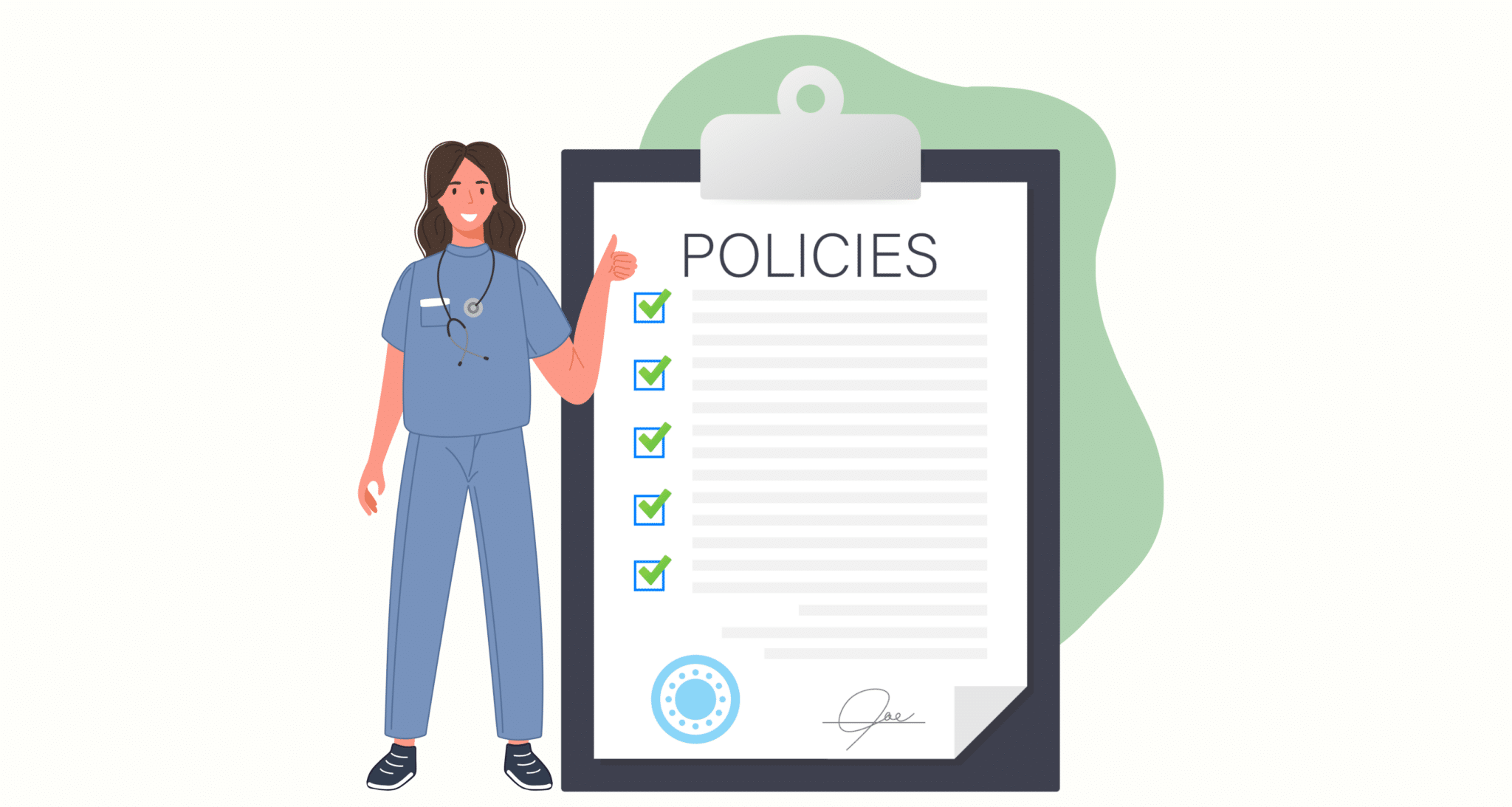
Nursing policies and procedures are often updated and reviewed annually, which is why continuous training is needed for clinical staff. Hospital policies and procedures for nursing present a variety of barriers to efficient tracking, including resource limitations, insufficient time, and inefficient management. Hospital administrators are often seeking ways to improve their approaches to policy-making and tracking adherence to those policies.
More facilities are opting to utilize robust software solutions to better manage policy documentation and a consistently shifting policy landscape. By leveraging these resources, facilities can simplify their approach to making their department training and operations more efficient. The trick to this is knowing where to start.
Streamlining the Development and Management of Nursing Policies and Procedures
The best place to start with developing nursing policies and procedures is to assess your training needs. This can easily be done using a training needs analysis, which helps identify priority needs for your employees and organization. This tool also helps to omit information that isn’t relevant.
Having a system that offers ready-made templates makes creating training based on facility needs significantly easier. For example, 10% to 25% of hospital and nursing facility admissions are attributable to patient non-compliance. Prevention requires nursing staff to have specific training to identify the causes before they result in patient admission. Robust training software and tracking can help create an appropriate training plan that can be implemented quickly.
A streamlined approach to the importance of policies and procedures in nursing doesn’t only save time. It also enhances the quality of care a facility can provide. Traditional methods of manually updating and disseminating training documents are simply too time-consuming and are also more prone to errors.
Advantages of Using Robust Software for Training
Training software is used to help with multiple things, such as reducing errors while also automating training processes, which are the two most popular. Programs are often built to provide policy templates, real-time tracking, and compliance monitoring. These systems can also offer other advantages.
Centralized Access
By hosting your organization’s nursing policies and procedures in a single, centralized platform, staff will have instant access to the most current and relevant information and policy updates applicable to their specific specialty, thereby eliminating the confusion that often arises from using outdated or incorrect versions of documents.
Automated Updates
With automated software solutions, employees are given updated hospital policies. This prevents the risk of distributing procedures that are incorrect or no longer current, providing staff with the latest guidelines while decreasing the chance of delayed training.
Tracking and Reporting
When using the right type of software for hospital policy and procedures for nursing, you can more easily track your staff’s progress. This feature also allows facilities to produce training reports, which gives administrators a significant advantage by providing visuals of training milestones and competition rates. Additionally, you can track refresher training and monthly, quarterly, or annual check-ins.
Enhancing Compliance and Care Quality
By adopting a software-based approach to developing and maintaining nursing policies and procedures, hospitals enhance the way they approach compliance and improve the overall quality of the care they can deliver. When searching for a solution to managing how you approach policy creation, launch, and maintenance, facility managers should assess their immediate and long-term training needs and set clear objectives for their training.
Instead of using manual methods to produce your facility’s educational material, use a robust software option designed to complement hospital policy and procedures for nursing while also helping to guide your staff.









